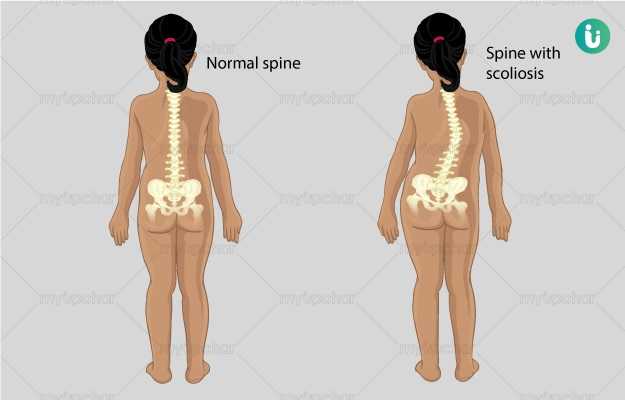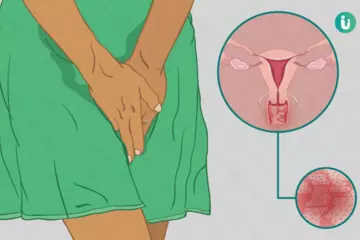An abnormal curvature of the spine in a person, often in a C or S shape, is known as scoliosis. In most people, the spine is mostly straight from under the neck all the way down to the lower back where it joins the hip, but the curvatures are only at both ends, one at the top of the shoulder and the other at the lower back.
However, this curvature is not unusual and supports the balance of the body from the head to the lower limbs. In the case of scoliosis, the curvature occurs sideways and in between both the ends. In most cases, the unusual curvatures are seen in the areas around the chest and the lower back.
Scoliosis usually appears in people during their teenage years when boys and girls are undergoing puberty, where the body goes through a higher than normal growth spurt between the ages of 10 and 18 years. Typically, girls are said to experience scoliosis more than boys, and are reportedly eight times more likely to develop this condition.
While scoliosis is usually a mild condition, severe conditions are also known to affect people, which can lead to permanent problems like difficulty breathing. While the prevalence of this condition differs from region to region, it affects about 2-3% of the American population, which is not a small number.

 Doctors for Spinal curvature (Scoliosis)
Doctors for Spinal curvature (Scoliosis)  OTC Medicines for Spinal curvature (Scoliosis)
OTC Medicines for Spinal curvature (Scoliosis)
















































